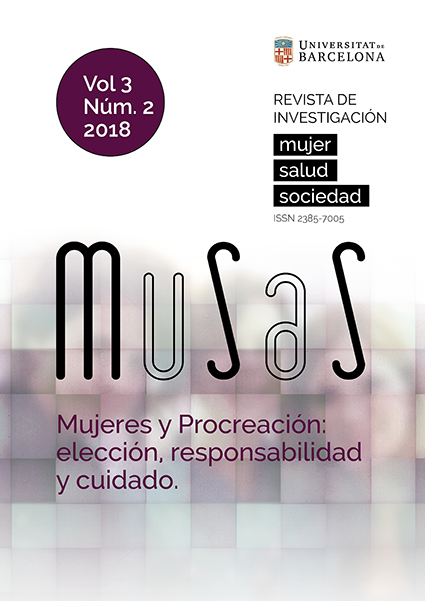Effectiveness of Acupuncture on In Vitro Fertilization Techniques: Systematic Review and Metanalysis
DOI:
https://doi.org/10.1344/musas2018.vol3.num2.5Keywords:
Infertility female, In Vitro Fertilization, IVF, Acupuncture, Acupuncture TherapyAbstract
Objectives
The main goal of this article is to determine the influence of acupuncture in IVF by searching randomized controlled trials —published between 2007 and 2017— and carrying out a meta-analysis of the results.
Material and method
This bibliographical revision includes studies that describe random or quasi-random monitored clinical tests on acupuncture and IVF, published between 2007 and 2017. The studies were selected from the following databases: CINAHL, COCHRANE, PUBMED, CUIDEN plus, ENFISPO, CSIC, LILACS. These studies compare the use acupuncture with placebo, sham treatment or none intervention. Traditional and modern acupuncture are both included. The source of stimulation may be manual using thin needles, moxibustion with hot needles, or electrical stimulation. The effects of acupuncture over pregnancy rates will be evaluated as the main variable, whereas the number of alive newborns, high quality embryos, and natural miscarriages, as well as the secondary effects produced by acupuncture, will be considered as secondary variables.
Results
14 essays with a total of 21.860 women were included in this article; 6 were excluded. The analysis of the results shows that the effect over the pregnancy rates is 4,49% in favor of acupuncture.
Conclusions
The main limitation of this bibliographical revision is the heterogeneity in the design of the different studies and the difficulty in establishing a valid placebo (sham acupuncture), which makes some of the results questionable. This revision concludes that acupuncture, specially during the ovarian stimulation process, could improve the pregnancy rates in women undergoing an IVF treatment.
Downloads
Published
Issue
Section
License
Authors publishing in this journal agree with the following terms:
- Authors hold the copyright, but MUSAS holds the right of first publication.
- Manuscripts will be disseminated with the Creative Commons CC BY-NC license, which allows sharing it with third parties as long as they recognize the authorship, the first publication right held by MUSAS and the license’s conditions






